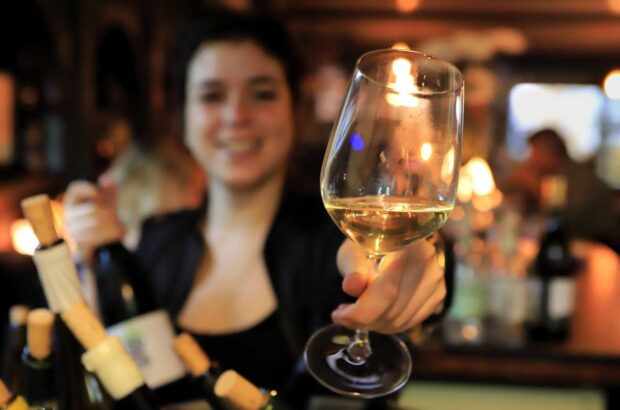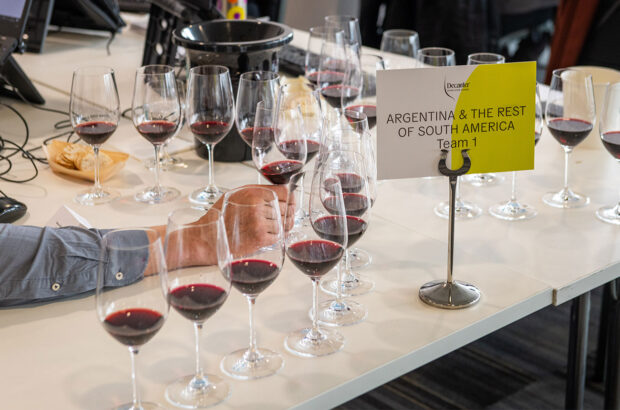Many wineries have expressed interest in taking advantage of new rules that will allow Monferrato DOC producers in Piedmont to specify Nebbiolo or Nebbiolo Superiore on wine labels, according to local officials.
Italy’s national wine committee unanimously approved the creation of Monferrato DOC Nebbiolo in Piedmont, as well as a ‘Superiore’ extension, in late September this year.
The first official harvest for the new Monferrato Nebbiolo appellation is expected to be 2019, and the first wines will not hit the market until 2020 at the earliest, said the Consorzio Barbera d’Asti e Vini del Monferrato, which proposed the move.
More than 500 wineries spanning a vine-growing area of 600 hectares have shown an interest in using the new appellation rules, said the Consorzio in a press statement released yesterday (27 November). Interested wineries were spread across the region, covering 116 and 113 communes in Asti and Alessandria respectively, it added.
However, wineries must adhere to strict rules. For Monferrato Nebbiolo, maximum yield is 9,000kg of grapes per hectare, while this falls to 8,000kg per hectare for Nebbiolo Superiore wines.
In terms of ageing, basic Nebbiolo must be aged for at least 12 months from the 1 November after harvest. Superiore must be aged for at least 18 months, including six months in wood.
Minimum alcohol levels have been set at 12% and 12.5% abv for Nebbiolo and Superiore respectively.
‘Finally, producers of Monferrato can indicate on labels the name of the Nebbiolo vine,’ said Filippo Mobrici, president of the Consorzio Barbera d’Asti e Vini del Monferrato.
‘It was a complex job that required great team work, a process that involved several stakeholders along the supply chain, and we are very proud that the quality [of] Monferrato Nebbiolo is being recognised.’
Not everybody in the region was so sure about the wisdom of promoting Nebbiolo from Monferrato, an area traditionally better known for Barbera – with Nebbiolo better known in the Langhe.
‘I think today we have to more and more focus,’ said Stefano Gagliardo, of family-owned producer Gianni Gagliardo, which recently acquired Barbera producer Tenuta Garetto in the commune of Nizza Monferrato.
He said that there were no issues with the new DOC upsetting the quality pyramid in Piedmont. But, he added, ‘Today there is not much Nebbiolo planted in Monferrato and this DOC will be an invitation to growers to plant it. OK, we have Barbera d’Alba here in Langhe, but less and less as the area is progressively getting more specialised on Nebbiolo and I personally believe it’s the way to go.’
Others argued that recognition is important, if done in a structured, clear-to-understand fashion.
With a significant amount of Nebbiolo planted in Monferrato, ‘it does make sense for the 500 growers to validate the variety by announcing this new DOC, especially since Monferrato is better known for its excellent Barbera’, said Stephen Brook, Decanter contributing editor and regional chair for Piedmont at the Decanter World Wine Awards.
‘One hesitates to encourage even more DOCs in Italy, but this one does make sense and will account for a significant volume of production.’
Premium wine reviews that you may enjoy:
Best Campania wines from southern Italy: What to look for
Mature Barolo from the cellar for Christmas







